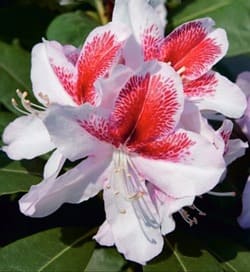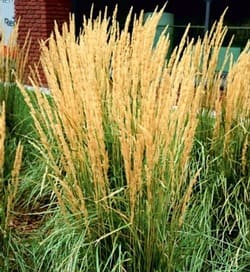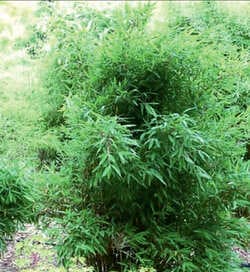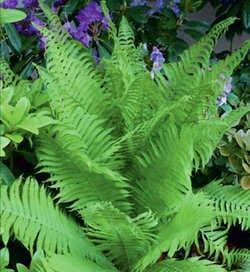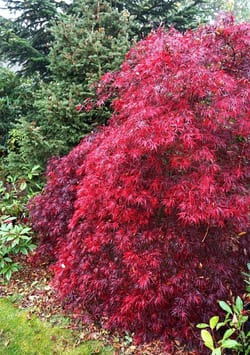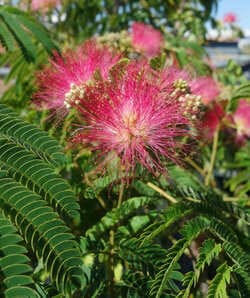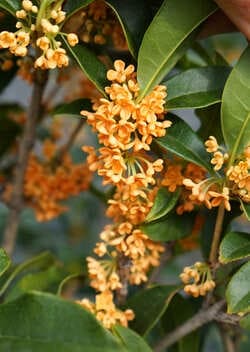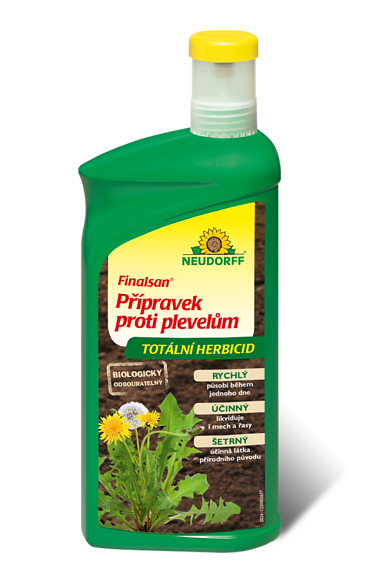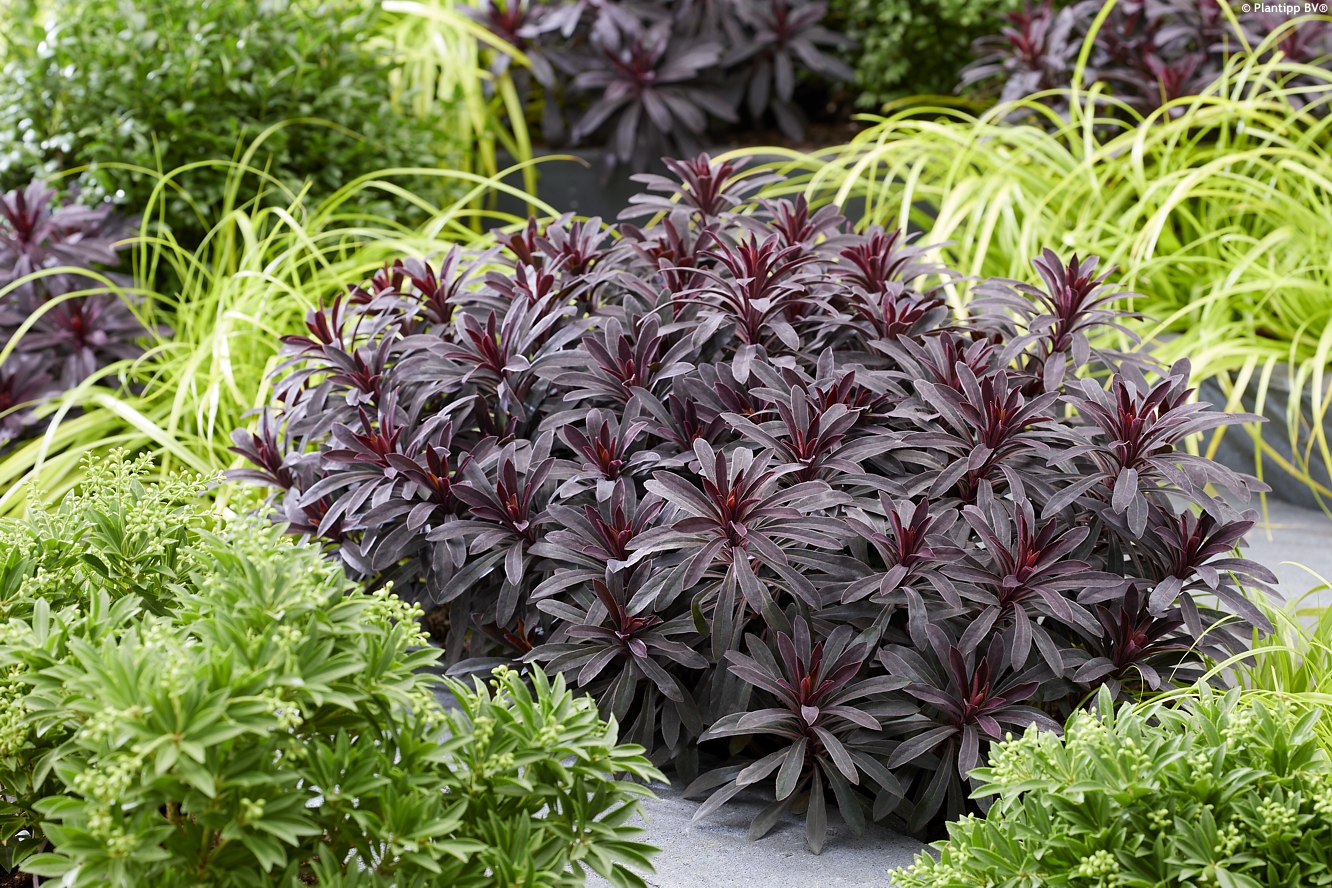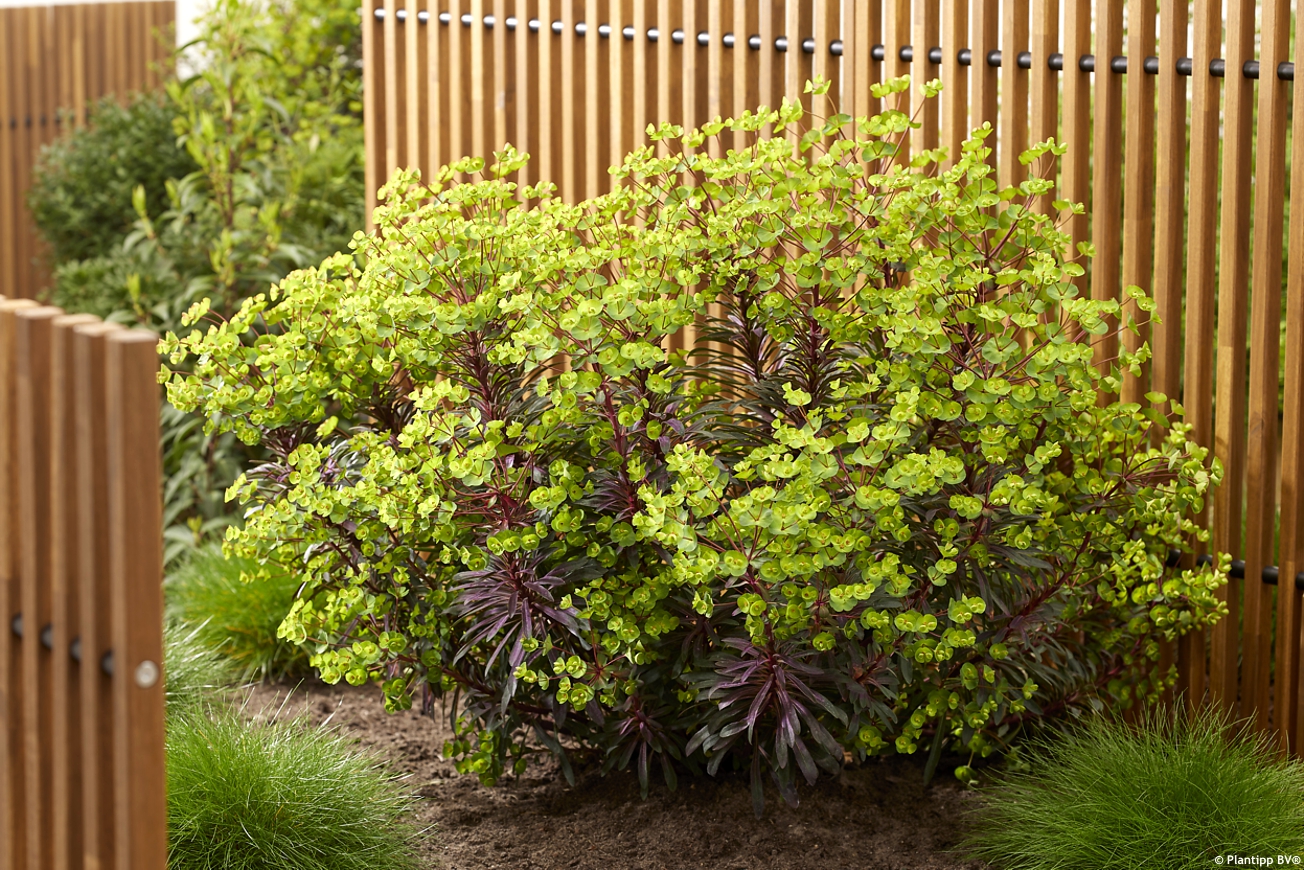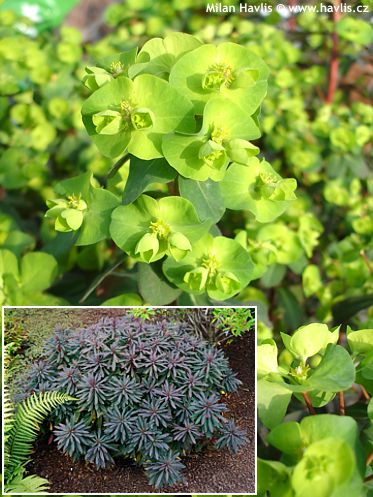Euphorbia 'KM-MM024' MINER'S MERLOT wood spurge
Euphorbia
The genus Euphorbia belongs to the spurge family (Euphorbiaceae) and includes more than 2,100 species of herbs, shrubs, and trees, making it one of the largest genera of flowering plants in the world. Individual species can differ so much that you would hardly assign them to the same family. They occur on every continent except Antarctica, with the greatest diversity in tropical and subtropical Africa, Madagascar, and the Americas, though many species also extend into the temperate zones of Europe and Asia. The genus was first described scientifically by Carl Linnaeus in 1753 in his Species Plantarum, naming it in honour of the Greek physician Euphorbus, personal doctor to King Juba II of Numidia (52 BC–23 AD), who used certain spurges in medicine. A hallmark of all spurges is their unusual inflorescence called a cyathium – a miniature cluster of male and female flowers surrounded by showy bracts, which at first glance looks like a single bloom.
Did you know that the poinsettia (Euphorbia pulcherrima) is also a spurge? In Mexico it was already known to the Aztecs under the name Cuetlaxochitl, while they used its red bracts to dye fabrics and to treat fevers back then, today it is a symbol of Christmas around the world. Some spurges even pretend to be cacti. Take Euphorbia trigona, known as the “African milk tree”: its tall, angular, spiny stems could easily fool a layperson into thinking it was a cactus, and in Africa it was planted around homes as a living hedge to ward off evil spirits and thieves. The difference, however, is fundamental: cacti come exclusively from the Americas and their spines are modified leaves, while spurges exude milky sap and their spines are modified branches. Another curious character is Euphorbia milii, native to Madagascar. Truly, it looks like anything but a spurge. In Christian tradition it became the symbol of Christ’s crown of thorns because older plants develop densely spiny, twisted stems. And I must also mention our faithful, low‑maintenance houseplant, the Madagascar jewel (Euphorbia leuconeura), which reliably “weeds” itself by shooting ripe seeds across the room and wherever they land in soil, a new seedling soon appears.
MINER’S MERLOT is undoubtedly an exquisite wood spurge variety, discovered by Keith and Jennifer Miner in California in 2015. It was a spontaneous mutation, a single seedling whose parents are probably the well-known dark-leaved form of euphorbia amygdaloides ‚Purpurea‘ (fully hardy) and euphorbia (characias x martinii) BLACKBIRD (Albanian spurge hybrid – slightly tender) that grew nearby. Since the latter parent also bears genes of e. amygdaloides, MINER'S MERLOT has acquired significantly better hardiness than what Albanian spurge can offer.
MINER'S MERLOT is an evergreen, semi-woody perennial with typically narrowly elongated, soft leaves. They are bright burgundy red when young, during the summer they turn dark green with maroon hues, and with the arrival of cold days and nights of autumn, they change back to a fantastic dark maroon to almost black colour. From late April or early May rise upright stems topped with beautiful, profuse and large inflorescences composed of lime green flowers. They are handsome until July and then it is best to remove them. As it blooms on previous year's stems, any pruning must be done immediately after flowering in summer.
The plant grows into a dense and neat, dome-shaped subshrub reaching around 70 cm in both height and width. Lower branches become woody over time. The colour, density and compact size of this plant predestinate it to become a beautiful gem under small and multi-stemmed trees or large shrubs. It can also be sophisticatedly used in a perennial bed among plants with different leaf shapes and colours, where its architecture and unusual texture will offer a great contrast. All parts of the plant contain white sap which is poisonous and may cause allergic reactions to sensitive people.
Wood spurge is a semi-woody perennial typical to warm but not arid regions of the Caucasus and Turkey, and Albanian spurge is native to a vast belt along the entire Mediterranean coast from Portugal to Albania. Both these species can tolerate high temperatures, but at the same time love more moisture than the drought-resistant vegetation of the arid south-European rocks and plains. This reflects its great popularity in Great Britain, where, thanks to subtropical high humidity, the plants thrive and grow like mad. Here in C.E. climate, we need to provide moderately moist but well-drained soil of any pH reaction. Keep young and newly transplanted plants evenly moist for several months, but after they establish, they will not require more water than what occasional rain will offer, especially if you mulch them. The maroon colour of the leaves intensifies with the amount of nitrogen in the soil, so fertilizing before flowering and in late summer is helpful but not essential. It is hardy to at least -23 °C (USDA zone 6) and will need protection should the temperature drop lower. It is not suitable for outdoor containers – it does not tolerate temperature and humidity fluctuations.
Last update: 09-11-2024












